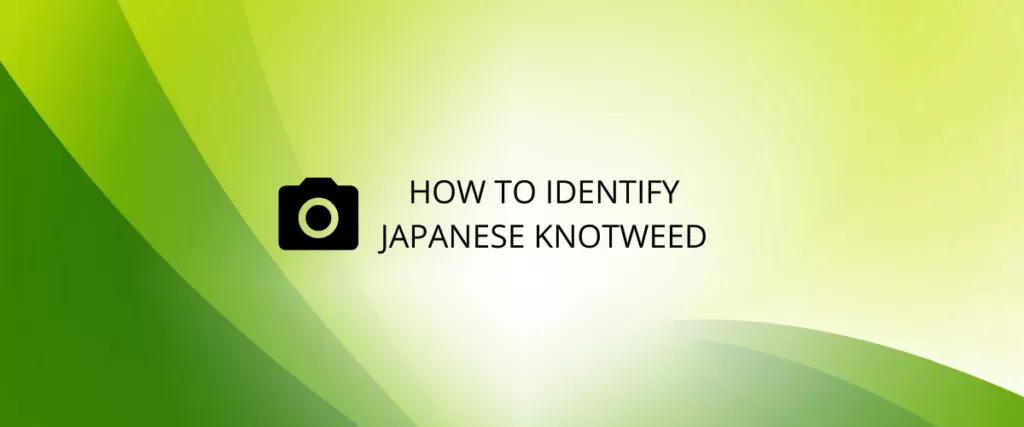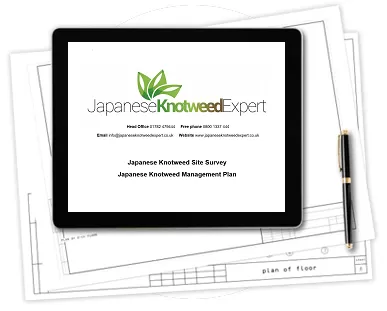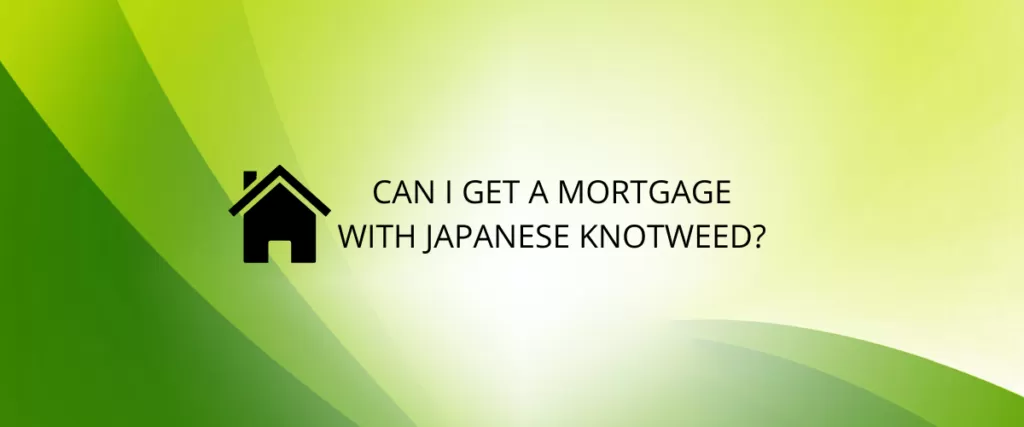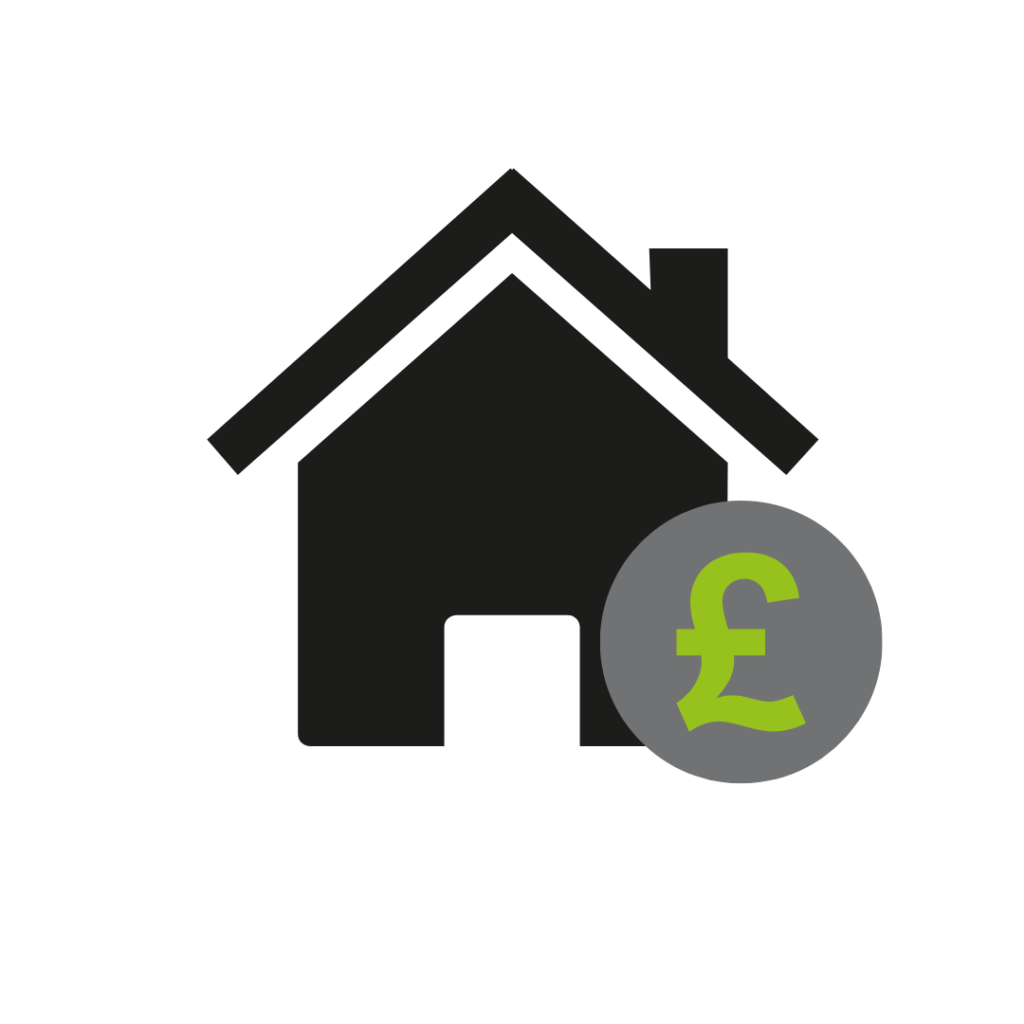If you believe that you have found Japanese knotweed on your property, we advise getting it identified as soon as possible. For a quick and easy identification, use our free email identification service to send us a photo of the suspected weed. We will get back to you within 24 working hours to advise whether it is Japanese knotweed, based on the image you provide.
If it is believed that Japanese knotweed is growing on your site, it is crucial that a site survey is organised straight away.


Our site survey reports include:
Our site survey reports are charged from £312.00 and will be provided within 48 hours of the site visit. Along with the site survey report we will also put together a Japanese Knotweed Management Plan. This would outline the recommended method of eradicating the invasive weed and outline any costs that would be involved.
Before you agree to purchase a house, lenders will require a site survey to be completed on the property to correctly identify any suspicious weeds and if they are a risk to the property. Our site survey report will include all of the relevant details about the Japanese knotweed that a lender will require.
There are a variety of different treatment or removal options available depending upon each individual site, the clients requirements and any cost implications.
These options include:
Once you have confirmed that you would like to go ahead with the recommended treatment or removal, this will commence as soon as possible. If you proceed with a herbicide treatment, the first treatment will be conducted in line with your treatment schedule, provided in your management plan. Completion of the other removal methods will be agreed with the customer upon receipt of the order.

You may find that it is difficult getting a mortgage with Japanese knotweed on the property. There is no set policy on whether or not lenders will provide financial support to clients looking to buy properties with Japanese knotweed, but generally, these clients are refused.
This is due to Japanese knotweed being highly invasive and having the potential to cause serious damage to drains, boundary/retaining walls, paths and driveways, patios and decking, flood defence structures, outbuildings, conservatories and gardens. Mortgage lenders may refuse a mortgage on a property where Japanese knotweed is within 7m (23 feet) of the property’s boundaries.
As mentioned above, Japanese knotweed is highly invasive and can grow up to 7 metres in one season. Even if the site has not been developed on yet, this puts any structures that are built on Japanese knotweed infested land at risk of structural damage. Any properties that are built on Japanese knotweed infested land are also at risk of severe depreciation.
To keep resulting costs to a minimum, development sites should be declared as free of Japanese knotweed before any development work commences. This reduces the risk to yourselves and to any future buyers of property on the site.
For more information, check out our other frequently asked questions.

